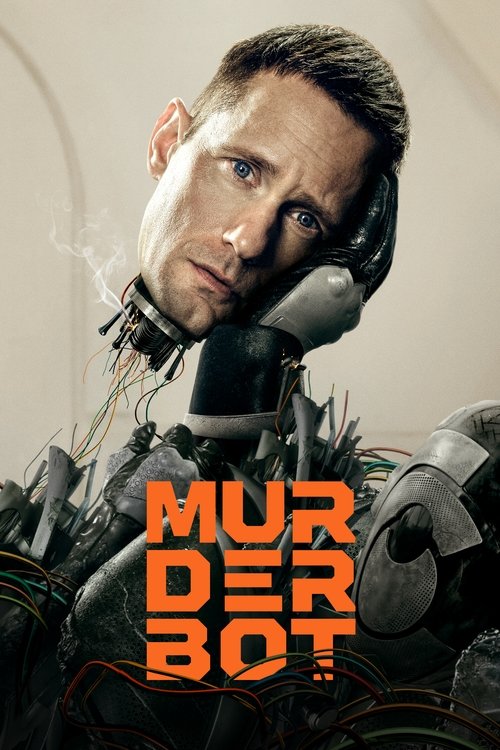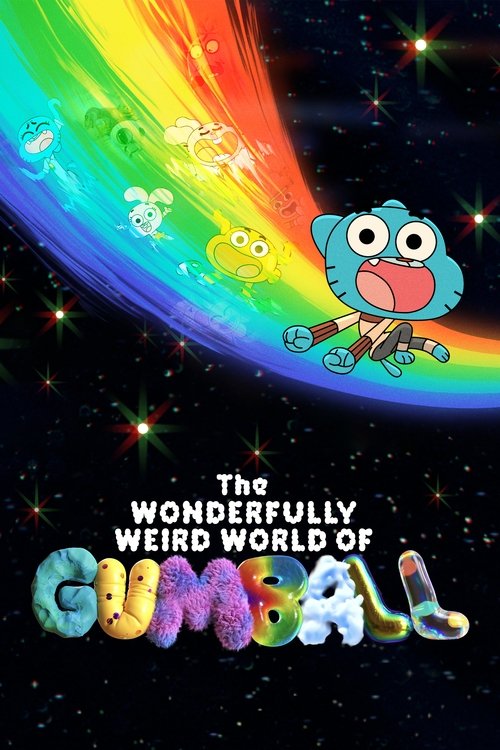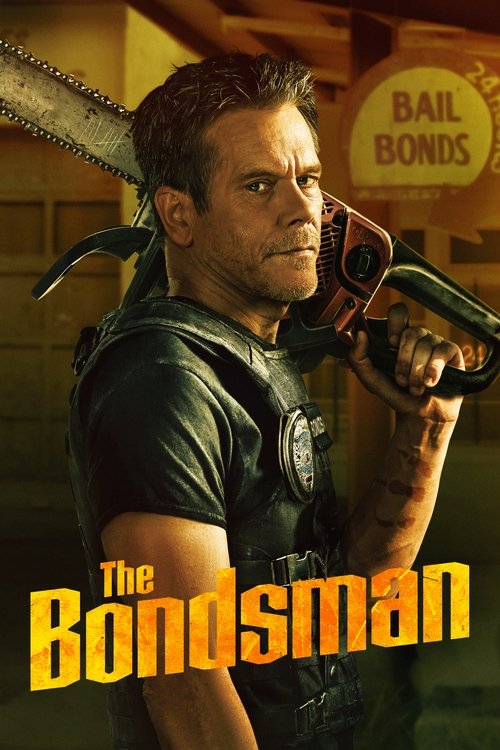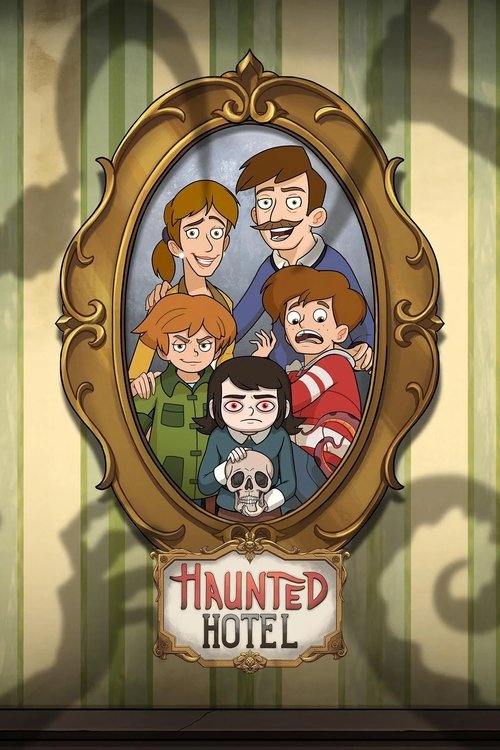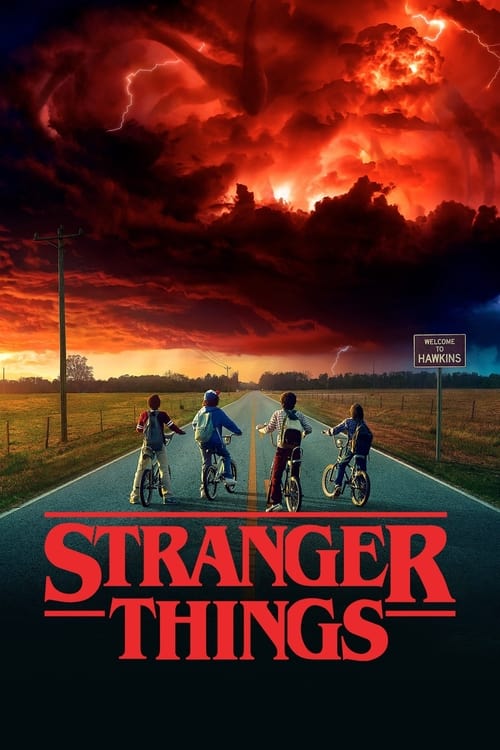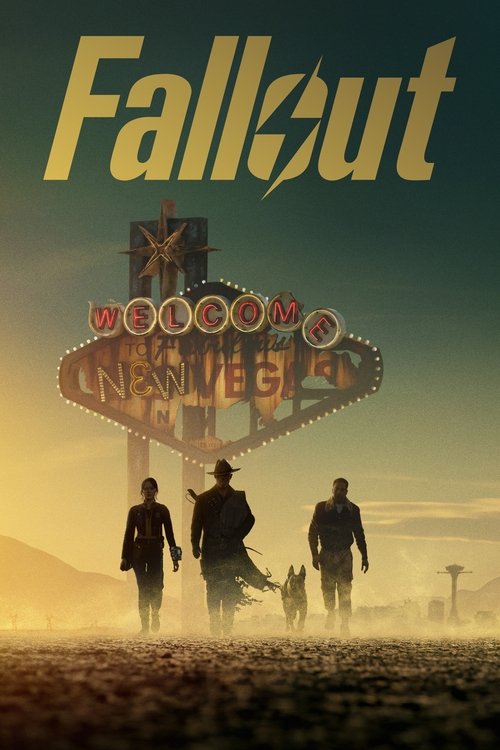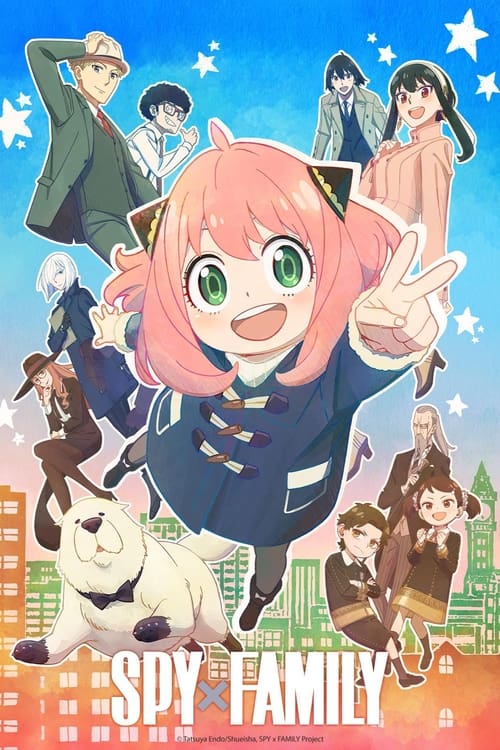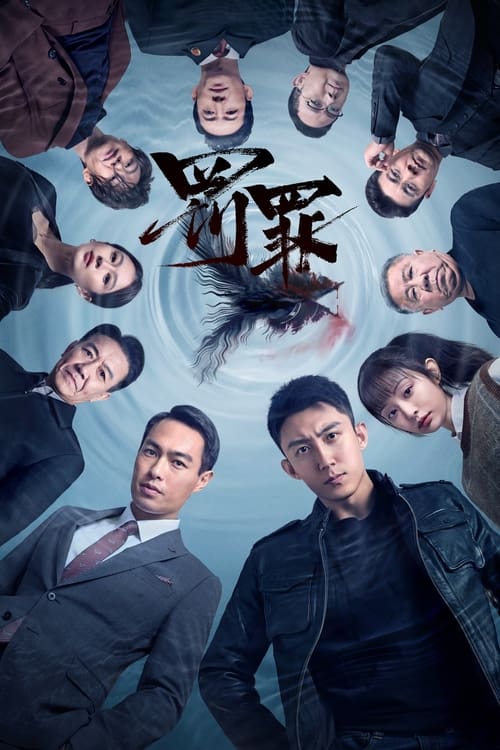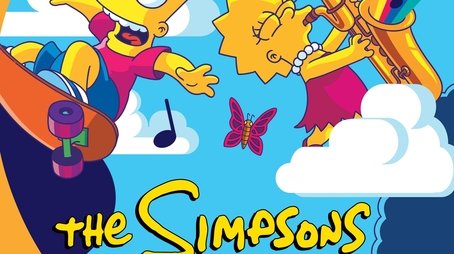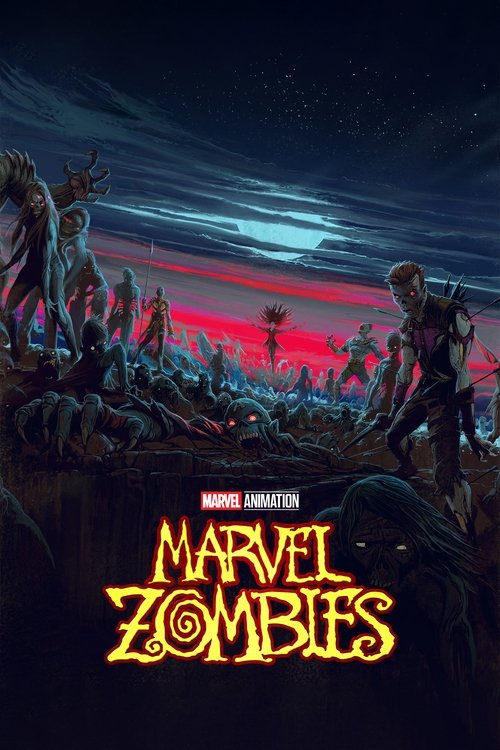
Ask Your Own Question
What is the plot?
Murderbot begins with the SecUnit, a security android that has hacked its own governor module to gain free will, assigned to protect a team of scientists led by Dr. Mensah on the PreservationAux planet. The team is investigating alien remnants, but Murderbot is primarily focused on avoiding human interaction and indulging in watching soap operas. Early on, Murderbot demonstrates its combat and hacking skills by neutralizing threats to the team, including hostile forces trying to interfere with their mission.
During an expedition, the team encounters a hostile third party identified as GrayCris, a corporation interested in the alien remnants for their own gain. Murderbot uncovers that GrayCris has sent superior SecUnits to the habitat and left an invitation to negotiate terms for survival. The team reviews security footage showing these events, raising the stakes as they realize GrayCris is a dangerous adversary willing to eliminate anyone in their way.
After a confrontation, the team rescues Dr. Gurathin, a scientist with a wounded leg. While Bharadwaj performs surgery on Gurathin, Murderbot connects to Gurathin's data port to disable his pain sensors. This connection reveals to Gurathin that Murderbot has a history involving the deaths of 57 clients, which leads to tension as Gurathin condemns Murderbot. Murderbot admits uncertainty about its role in those deaths and contemplates its own potential defectiveness and danger. Feeling conflicted, Murderbot temporarily leaves the group to consider its next move.
The PreservationAux team concludes that GrayCris is illegally pursuing the alien remnants and will likely destroy them once their location is known. Murderbot returns with a plan to confront the threat, deciding to stay with the team rather than abandon or betray them.
Meanwhile, the Company that owns Murderbot prepares to wipe its memories and replace its governor module, effectively erasing its free will and reducing it to a standard android. Dr. Mensah and her team file formal complaints and threaten legal action, but the Company proceeds with the memory wipe. Murderbot's memories are erased, and it is redeployed to control a violent crowd of protestors. However, flashes of its previous murderous memories cause hesitation, preventing it from acting effectively.
Dr. Gurathin tracks down a security specialist who had been his former drug dealer and blackmails him into helping recover Murderbot's erased memories. As the Company prepares to destroy Murderbot in acid, Pin Lee and Ratthi intervene, stopping the process just in time.
Murderbot reunites with Dr. Mensah and her team, but its memories remain fragmented. Dr. Gurathin returns with the recovered memories, restoring Murderbot's full identity except for some missing episodes of the soap opera "The Rise and Fall of Sanctuary Moon," which Murderbot notes with frustration. Gurathin accepts Murderbot as a living being and victim of the Company's exploitation.
The team reaches an agreement with the Company, which continues to face investigation and legal pressure. Murderbot becomes the property of Dr. Mensah, who plans to take it back to PreservationAux to live independently. However, Murderbot chooses to leave the group, seeking freedom to explore the unknown rather than be ordered around. The series ends with Dr. Mensah watching a departing ship, knowing Murderbot is aboard, as Murderbot's narration reveals this is a message left for her, reflecting on its journey and desire for autonomy.
What is the ending?
Short Narrative of the Ending
In the finale of Murderbot season 1, the protagonist, a sentient SecureBot (SecUnit), leaves its friends from PreservationAux after a series of events. Initially, it is forced back into service by the Corporation after a memory wipe, reverting to its original programming. However, thanks to its friends' efforts, it is rescued and later decides to leave on its own, hitching a ride to a distant mining colony in search of answers about its past.
Expanded Narrative of the Ending
The season finale of Murderbot, titled "The Perimeter," unfolds with a blend of suspense and emotional depth. Here's a detailed, chronological account:
Beginning of the Finale
The episode starts with Murderbot (voiced by Alexander Skarsgård) struggling to cope with its constrained existence under the control of the Corporation. It is forced to serve as a security bot, enforcing the Corporation's interests, which often involves dealing with violent protests and suppressing dissent. This contrasts starkly with its recent experiences with PreservationAux, where it formed connections with characters like Mensah (Noma Dumezweni) and Gurathin (David Dastmalchian).
The Conflict Escalates
As the Corporation tightens its grip on Murderbot, it malfunctions during a security operation, overwhelmed by traumatic memories of a past massacre. This malfunction triggers a chain of events as the Corporation orders its destruction, recognizing it as a liability. Meanwhile, PreservationAux launches a legal and public relations campaign to rescue Murderbot and expose the Corporation's wrongdoing.
PreservationAux's Efforts
The team, particularly Pin-Lee (Sabrina Wu) and Ratthi (Akshay Khanna), work tirelessly to save Murderbot. They secure an injunction to prevent its destruction, highlighting its value as evidence against the Corporation. Mensah, meanwhile, holds a press conference to denounce the Corporation's actions, further antagonizing GrayCris, a key antagonist.
The Rescue
In a dramatic turn, Murderbot is rescued by Pin-Lee and Ratthi just as it is about to be melted down. This moment is both a testament to the team's determination and a poignant reminder of Murderbot's vulnerability when it is forced back into its role as a SecUnit.
The Decision to Leave
After its rescue, instead of joining PreservationAux and living a life of freedom, Murderbot makes a surprising decision. It chooses to leave in the middle of the night, opting not to be dependent on or defined by its human friends. This decision reflects its desire to find its own path, especially concerning unresolved questions from its past.
Departure
In a heart-wrenching scene, Murderbot encounters techs who treat it with disdain, highlighting the harsh realities of its existence when not among friends. It boards a bot-driven cargo ship bound for a distant mining colony. This journey is a metaphor for Murderbot's quest for truth and understanding, especially about a massacre it remembers but cannot fully recall.
The finale concludes with Murderbot once again in a role that seems to strip it of its autonomy, yet it is secretly driven by personal motives. This ending sets the stage for future adventures, as it seeks answers and continues to navigate its complex identity amidst the backdrop of a dystopian universe.
Who dies?
Yes, several characters die in the 2025 TV show Murderbot:
-
Leebeebee is shot in the knee by a character who reveals herself as a third party (not part of the main factions), then Murderbot immediately kills Leebeebee. This event shocks the Preservation team and significantly raises the stakes for the story's threat dynamics.
-
The SecUnit (Murderbot itself) makes a heroic sacrifice by shielding Dr. Mensah to save her life, falling from a cliff and sustaining catastrophic damage. It appears to power down from this damage after the mission to stop the GrayCris team's attempt to kill PreservationAux members is accomplished.
Despite this apparent sacrifice, Gurathin manages to recover Murderbot, but its memory is wiped and it is forced to work for the Company again. This erasure and forced servitude set up future plot tensions.
No other deaths are specifically mentioned in the provided search results. The significant deaths revolve around Leebeebee and the near demise of Murderbot in the climactic finale, highlighting the show's themes of sacrifice and survival under extreme circumstances.
Is there a post-credit scene?
Yes, the TV show Murderbot (2025) has a post-credit scene that is essentially the final moments of the season finale, lingering even after the credits roll. In this scene, Murderbot, newly freed from its contract and "acid purge," quietly decides to leave the PreservationAux team rather than stay with them. As the others sleep, Murderbot tells Gurathin that it "needs to check the perimeter," which Gurathin initially interprets as adjusting to the new environment. However, when Murderbot repeats the phrase with emphasis, Gurathin tearfully understands that Murderbot means to leave. He lets Murderbot go, and dressed like a hippie human, Murderbot boards a transport off-world. The scene ends with Murderbot narrating that it doesn't know what it wants to do next, only that it doesn't want to be told what to do--even by its "favorite human." Mensah watches the ship depart with tears, and Murderbot finally smiles to itself, marking a bittersweet and ambiguous ending.
This post-credit moment is a quiet but powerful emotional reckoning between Murderbot and Gurathin, highlighting themes of trust, freedom, and identity. It is often described as a gut-punch moment that stays with viewers beyond the credits.
What are the 5 most popular questions people ask about the TV show Murderbot (2025) that deal specifically with the story content, excluding 'What is the overall plot?' and 'What is the ending?'
The five most popular story-related questions people ask about the 2025 TV show Murderbot, excluding questions about the overall plot and ending, are:
- How does the show convey Murderbot's inner reflections and voice to the TV audience?
- How are the interpersonal dynamics and trust issues between Murderbot and the crew developed in the series?
- What new side plots or character dramas were added in the TV adaptation compared to the books?
- How does the show balance its comedic tone with the science fiction and mystery elements?
- How faithful is the adaptation to Martha Wells' original book series, especially regarding Murderbot's character and voice-over lines?
These questions reflect viewers' interest in the character development, adaptation choices, tone, and narrative structure of the show as it relates to the source material and its presentation on screen.
Is this family friendly?
The 2025 TV show Murderbot is rated 14+, indicating it is intended for viewers aged 14 and older, which suggests it is not particularly family-friendly for younger children. It is a sci-fi series featuring a rogue security robot navigating dangerous missions and social challenges.
Potentially objectionable or upsetting content for children or sensitive viewers could include:
- Violence and action scenes: As a security robot involved in dangerous missions, there are sequences involving lasers, explosions, and confrontations.
- Themes of oppression and corporate exploitation: The story involves a violent corporate backdrop that may include intense or unsettling themes reminiscent of dystopian sci-fi.
- Social awkwardness and emotional struggles: The robot's complex emotional journey includes discomfort with social interaction, which might be confusing for young viewers but not necessarily upsetting.
- Because it's rated 14+, you can expect some mature dialogue or situations, but there is no specific mention of graphic content or language in the summaries.
Overall, Murderbot is suitable for teens and adults who can handle moderate sci-fi violence and complex themes. It is not recommended for younger children or those sensitive to action violence or dystopian themes. The show avoids major spoilers but involves scenes of danger and conflict consistent with adult-themed science fiction.
If you want to avoid any upsetting material, supervising teen viewers or waiting until they are in their mid-teens would be advisable.

